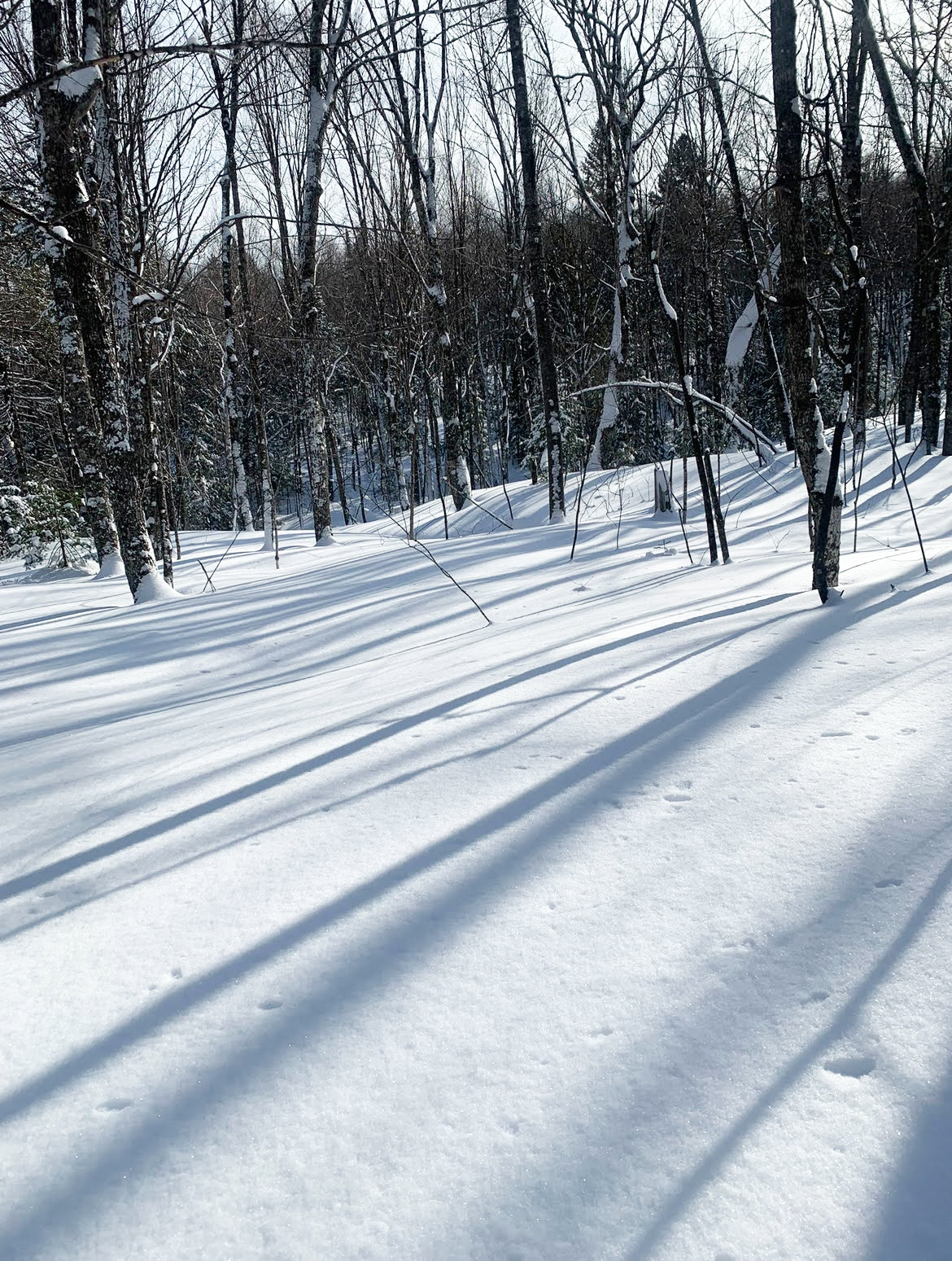It is late January, thick flakes of snow fall on the street outside, and the snowplow scrapes up and down the road, all day long. The sunlight is dim though it is midday.
Deep winter is the ideal time for consideration of the season ahead and new projects take shape at my second floor desk, overlooking the street. The design process is equal parts art, science, and psychology, plus the ability to look forward in time to understand what the planting will ultimately become.
Gardens are a highly personal thing for us and people have a wide range of preferences in aesthetics. I had a client who loved the wild aspects of her property, ‘barely tended into organized chaos’ was our approach, based on her wishes. Another couple liked their highly built landscape to be minimalist and scrubbed clean with high levels of order. Most people are somewhere in between. I have observed over the years that people are seeking an extension of themselves in their landscaped spaces. An extension of their values, their indoor aesthetics, land ethics, or a collection of their favorite color palette and plants. People know how they want to feel when they’re in the garden. And it’s different for everyone. They want a semblance of harmony, to feel relaxed, to be inspired, to be energized, serene, curious… These are all states of mind that a garden can and does invoke.
When thinking about a new project it’s important to consider the overall site and what provides the backdrop. The predominant trees and shrubs and native plants in the adjacent areas. I always start by researching the overall ecological system and native plant community that a given site is part of. Field Guide to the Native Plant Communities of Minnesota The Laurentian Mixed Forest Province is a great resource for understanding the bigger picture of the landscape. Find that book here.
Field Guide to the Native Plant Communities of Minnesota
Different habitat types tell a unique and diverse story. From upland wet forest sites to Lake Superior lakeshore, each property will be favorable to some and unforgiving to other types of plant species, so knowing what factors you’re dealing with is essential. A property in town is a little different as it already sits in a built environment, but the house, overall area, sun exposure, and especially the history all tell a compelling story.
Once I narrow down the particulars of a site; sun and wind exposure, soil moisture, and overall style of gardens desired, I pour over county maps, soil surveys, and species lists, and follow up research is sometimes necessary. I like the following reference books for specifics on plants’ cultural requirements, size, and growth habits.
Trees and Shrubs of Minnesota, by Welby R. Smith Trees and Shrubs of Minnesota
Dirr’s Hardy Trees and Shrubs, by Michael Dirr Dirr's Encyclopedia of Trees and Shrubs
Growing Perennials in Cold Climates, by Mike Heger and John Whitman Growing Perennials in Cold Climates: Revised and Updated Edition: Heger, Mike, Lonnee, Debbie, Whitman, John: 9780816675883: Amazon.com: Books
After drafting suitable plant lists, I think about conversations with the homeowners. Peer between the lines and find the angle they are looking for in their design. I think about what suits them. What suits the house. There are all the design rules in there too but the heart of it really is in what belongs. What plants belong and how the assemblage weaves together with the people AND the place. Familiarity with plants and how they behave in a given application has lent itself to an intuitive understanding of what to use. They sort of jump out at you, as if to say “pick me!” As garden designer Jinny Blom put it in her book The Thoughtful Gardener, “There is satisfaction in learning enough of a new subject’s specific coded language to allow access to its mystery. Once I grasp the essence of what’s being expressed, it opens new doors of perception and that makes my working life a very satisfying one.”

Afterwards comes concept drawings, planting plans and so forth, but this quiet time of contemplation, this winter dormancy, is a crucial element in the dance of it all. The counter balance to the bustle of the work season. When inklings of gardens come into being, when paper lists become living spaces.
Spending time drawing plants helps to study them and familiarise yourself with their habit.





